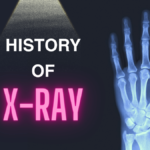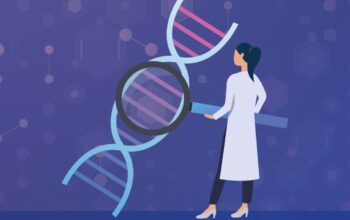According to https://homecarebuffalo.com/ – alzheimer’s disease is degenerative damage to the brain, in a result of it an irreversible dementia develops. According to the most popular theory of the development of this disease, amyloid plaques form in the brain tissue – these are protein-carbohydrate deposits in the extracellular space, and neurofibrillary glomeruli, that consist of altered neurons. As a result of this process, the destruction of neural connections occurs, that causes an atrophy of a portion of the brain tissue. Such changes occur gradually, from the onset of the disease until the onset of the initial symptoms of Alzheimer’s disease can go 3-10 years, although there have been cases when this period was up to 20 years.
Currently, there are two forms of this disease:
- Family, with an early (up to 50 years old) beginning. Only a small part of patients (around 10%) inherit Alzheimer’s disease. Altered genes have a powerful influence; if one of the parents is the carrier of the mutated gene, then the child’s risk of developing the disease reaches 50%. If both parents have Alzheimer’s disease, it will be inherited by all their children.
- Sporadic, the most common form – it includes about 90% of all cases. This is a disease with a late onset, it has no hereditary connections. However, today it is already known that the risk of developing the disease increases if one of the relatives is ill. Thus, there are genetic factors that predispose the disease.
The APOE gene is the best known factor; its function is to regulate the production of protein, transport cholesterol, etc. Thanks to numerous studies, it has been proven that the inheritance of APOE – a variant of APOE4 – directly affects the heredity of Alzheimer’s disease, increasing the likelihood of developing an illness. However, there are still a lot of questions: some people who own the APOE4 gene, remain healthy, while others without inheriting this gene, become victims of this mysterious disease.
The 21st chromosome gene is also interesting because of its involvement in the development of Down’s disease. Patients with this syndrome are owners of a copy of the 21st chromosome; in adulthood, they develop changes in the brain similar to the Alzheimer’s disease.
Whether the Alzheimer’s disease is inherited, or it is caused by other factors – the clinical manifestations of the disease are almost the same. Currently, there is no effective remedy for this illness. However, further progression of the disease can be prevented. It is important to pay attention to the prevention methods. Since the latent period of the disease can last for years, preventive measures for the younger generation for those people whose relatives have been diagnosed, must be started as soon as possible.











